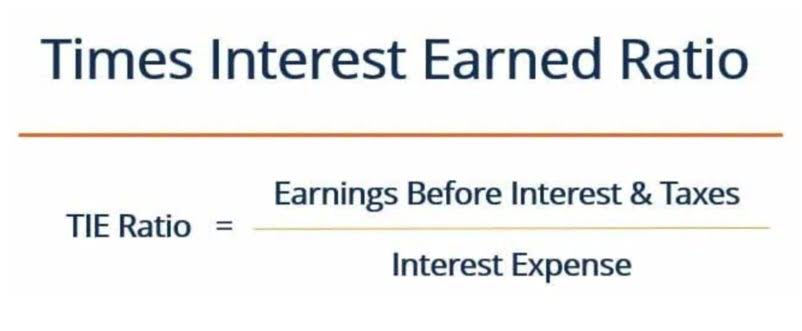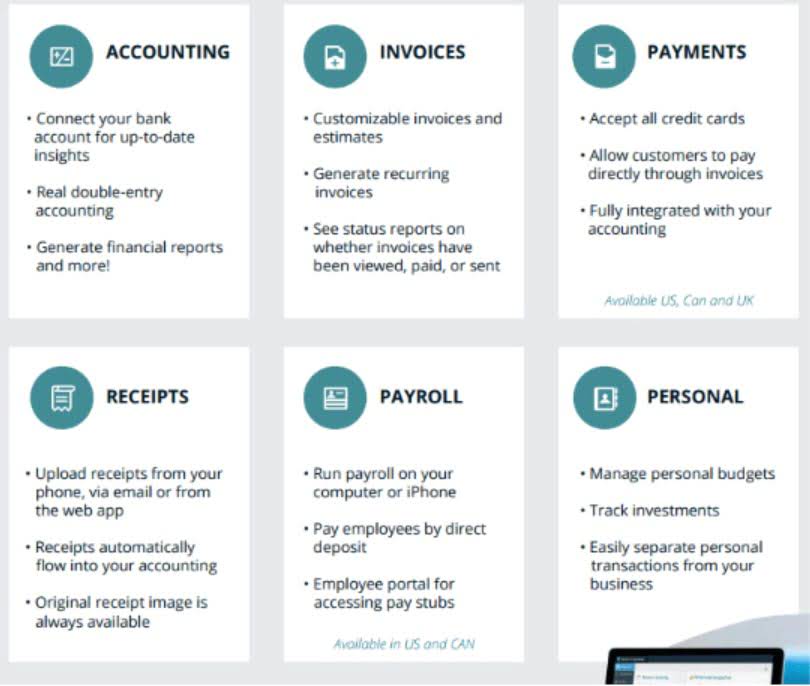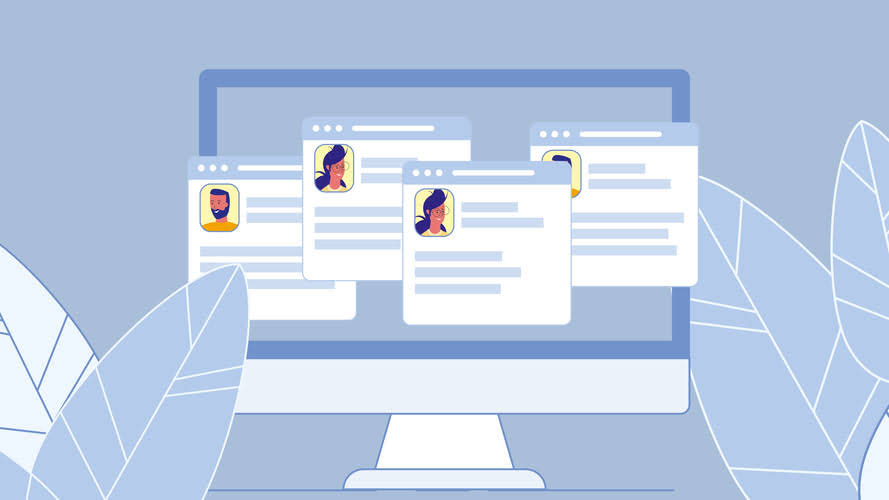
This indicates that if revenue account has a credit balance, the amount of credit will be added to capital. Therefore, if there is any increase it will lead to an increase in capital. Expenses are the costs required to conduct business operations and produce revenue for the company. An accountant usually marks a debit and a credit to their expense accounts and accrued liability accounts, respectively. Long-term liabilities cover any debts with a lifespan longer than one year. Examples would be mortgages, rent on property, pension obligations, auto loans, and any other large expense that is paid over the course of multiple years.
Using Liabilities to Increase Capital
You should be working with your insurance agent to ensure sufficient liability coverage for your business, car, and/or home. In many cases, the accountant also presents additional information about the liabilities such as the type of creditor, the reason that the liability was created, and the existence of collateral agreements. For liabilities to exist, an event or transaction must already have occurred. To recognize a liability, a firm does not need to know the actual recipient of the assets that are to be transferred, or for whom the services are to be performed. If this exclusion did not exist, it would be necessary to record all future cash outflows as liabilities. Instead, accountants recognize only claims that have come about because of past events.
- The concept of an accrued liability relates to timing and the matching principle.
- Most companies will have these two-line items on their balance sheets because they’re part of ongoing current and long-term operations.
- An operating lease is recorded as a rental expense, while a finance lease is treated as a long-term liability and an asset on the balance sheet.
- Yarilet Perez is an experienced multimedia journalist and fact-checker with a Master of Science in Journalism.
- The ordering system is based on how close the payment date is, so a liability with a near-term maturity date will be listed higher up in the section (and vice versa).
Liabilities FAQs

This is how you can better protect yourself from financial devastation resulting from lawsuits. As always, you should consult with your own legal advisor regarding your particular circumstance. The answer to the third and final question—regarding when the amount is to be paid—enables the statement user to assess separately the short-run and long-run solvency of the company. Answering the first question requires that the accountant determine the likelihood that the payment will be made.
- These expenses include items such as wages, rent, utilities, and other expenditures necessary to keep the business running smoothly.
- Deciding when to fire an employee requires careful consideration and a clear understanding of how their actions impact the team and company …
- An expense is the cost of operations that a company incurs to generate revenue.
- GAAP accounting rules require probable contingent liabilities—ones that can be estimated and are likely to occur—to be recorded in financial statements.
- Simultaneously, in accordance with the double-entry principle, the bank records the cash, itself, as an asset.
- Keep up with Michelle’s CPA career — and ultramarathoning endeavors — on LinkedIn.
Liability (financial accounting)

A liability is generally an obligation between one party and another that’s not yet completed or paid. Different types of liabilities are listed under each category, in order liability account meaning from shortest to longest term. Accounts payable would be a line item under current liabilities while a mortgage payable would be listed under long-term liabilities.

Examples of Liability Accounts

Although the recognition and reporting of the liabilities comply with different accounting standards, the main principles are close to the IFRS. Notes Payable – A note payable is a long-term contract to borrow money from a creditor. It might signal weak financial stability if a company has had more expenses than revenues for the last three years because it’s been losing money for those years. Assets are broken out into current assets (those likely to be converted into cash within one year) and non-current assets (those that will provide economic benefits for one year or more). Simply put, a business should have enough assets (items of financial value) to pay off its debt. Some loans are acquired to purchase new assets, like tools or vehicles that help a small business operate and grow.
Why do companies take on Liabilities?
A debit either increases an asset or decreases a liability; a credit either decreases an asset or increases a liability. According to the principle of double-entry, every financial transaction corresponds to both a debit and a credit. The accounting equation is the mathematical structure of the balance sheet. My Accounting Course is a world-class educational resource developed by experts to simplify accounting, finance, & investment analysis topics, so students and professionals can learn and propel their careers. Liabilities are categorized as current or non-current depending on their temporality.

For example, wages payable are considered a liability as it represents the amount owed to employees for their work but not yet paid. As liabilities increase, they may affect a company’s financial health and stability. High levels of debt can lead to increased interest expenses, impacting profitability and potentially leading to insolvency. It is essential for businesses to effectively manage their liabilities and maintain a healthy balance between debt and equity.
Many businesses take out liability insurance in case a customer or employee sues them for negligence. Yarilet Perez is an experienced multimedia journalist and fact-checker with a Master of Science in Journalism. She has worked in multiple cities covering breaking news, politics, education, and more.
The money borrowed and the interest payable on the loan are liabilities. If the business spends that money to acquire equipment, for example, the purchases are assets, even though you used the loan to purchase the assets. Assets have a market value that can increase and decrease but that value does not impact the loan amount. https://www.bookstime.com/articles/purchase-order-vs-invoice Liabilities are amounts owed by a corporation or a person to creditors for past transactions. In other words, a company must pay the other party at an agreed future date. GAAP accounting rules require probable contingent liabilities—ones that can be estimated and are likely to occur—to be recorded in financial statements.
